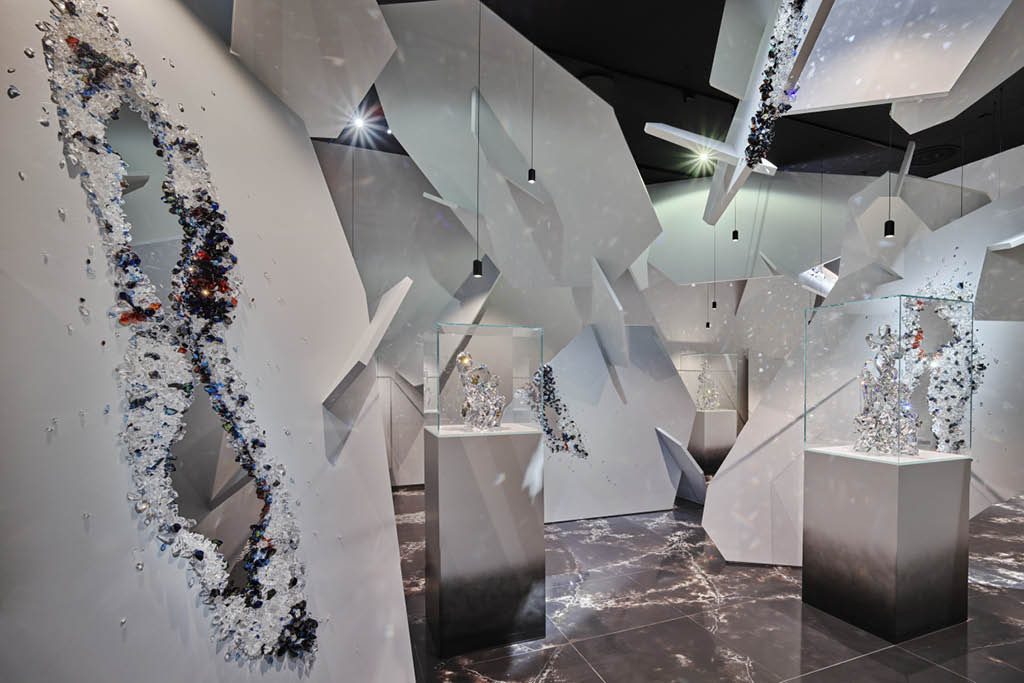Designed by Arik Levy, Crater is an ode to the alliance of technology and art. The sculpture is made from an 8,000-kilo block and is an example of how to move beyond material limits. The design offers two profiles: one seen from the outside with the naked eye and one from the void inside the block. The geometric challenge took over 700 hours of work by machine and by expert artisan hands. The creation is nearly three metres high and was originally exhibited by COMPAC in the US, with a 1.4 metre replica shown later in China. The sculpture is one of the many creations to emerge from the collaboration between the Spanish firm and the renowned Tel Avivian artist.
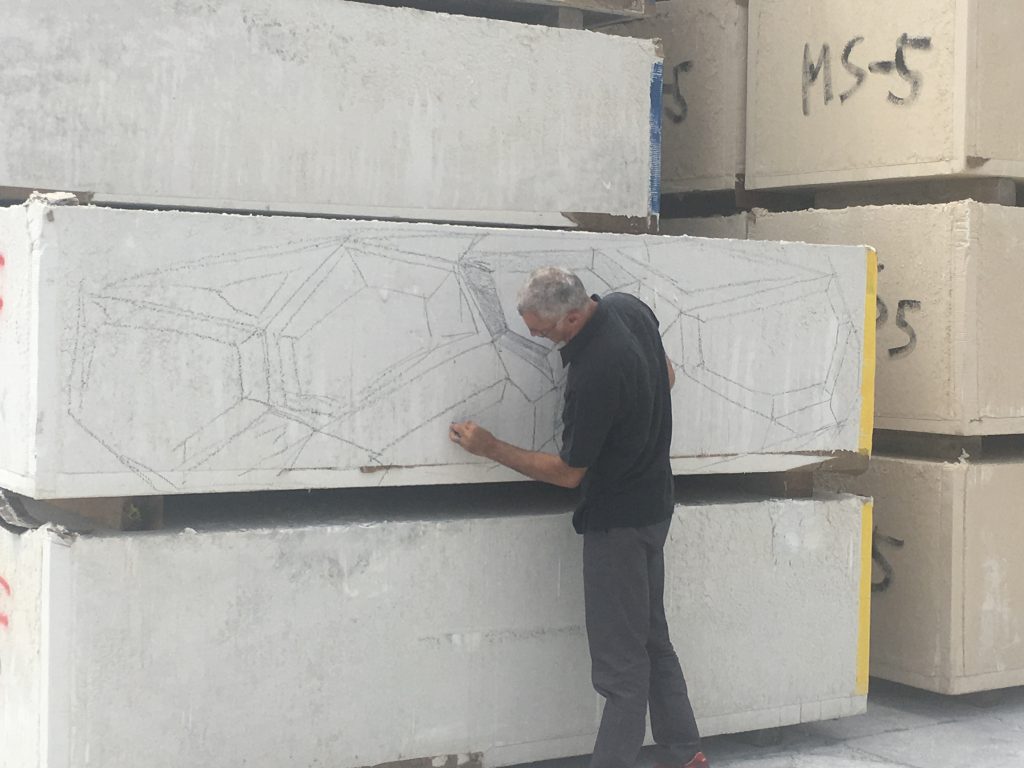
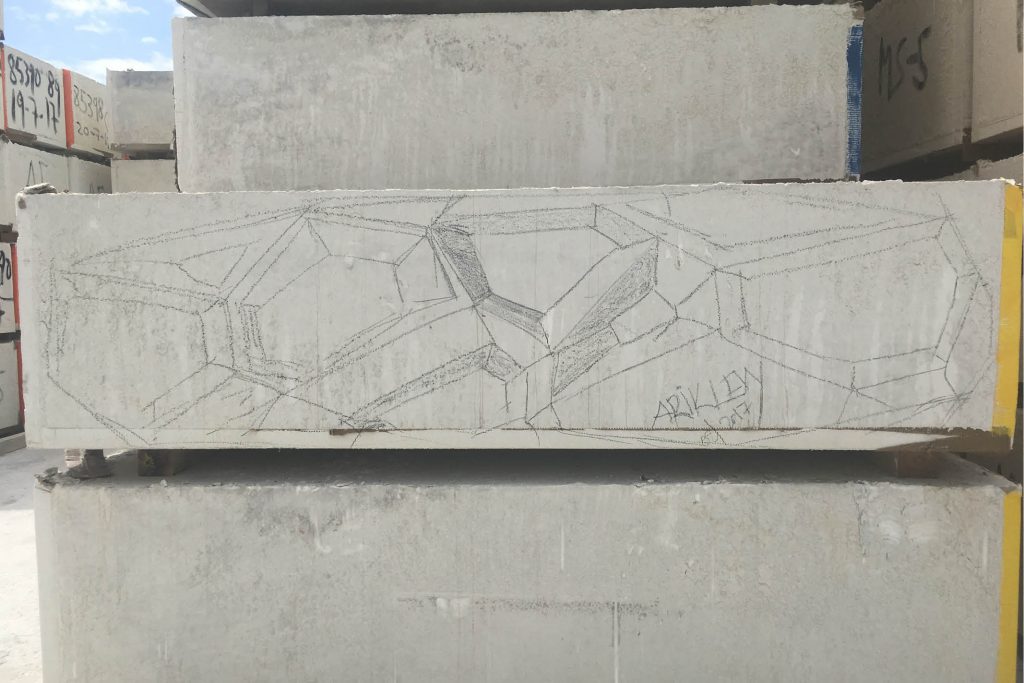
Levy firstly rendered his vision into concrete palpable ideas, with a work demonstrating how technical possibilities can be stretched to provide new perspectives in design and architecture. His creativity was then embodied in a design that could be produced in a digitally controlled machine.
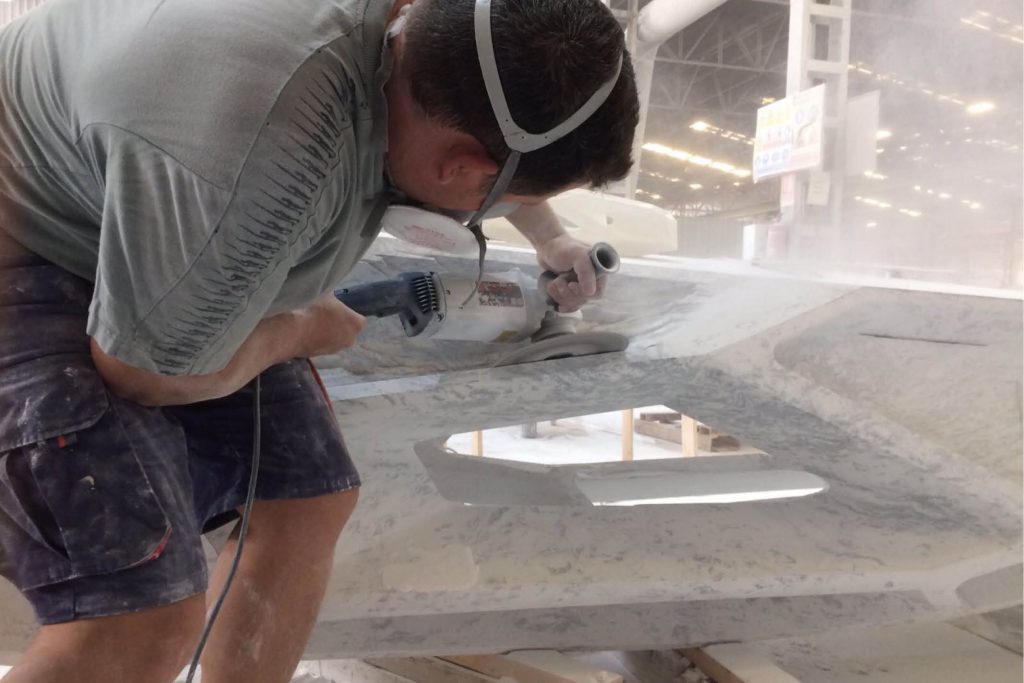

Nonetheless, it was not easy to locate equipment for the design given the complicated geometry of Crater. It was not simply about providing instructions so that the machine could work independently. In fact, nothing could be further from the truth. A hugely experienced engineer needed to interpret the piece and understand how to ‘come at it’, so that the block transformed into the sculpture.
Due to its size, the electric motor was unable to reach inside the block at different times, meaning craftsmen and women had to seize the mantel too, having to simultaneously empty and draw the internal patterns designed by Levy. This delicate work was done by hand with drills, sanders, cutters… and in order to successfully to achieve their goal, they had a mini model of the sculpture they could study and analyse in real time. The scale model enabled them to comprehensively see how each step needed to go to fully respect the designer’s creation. The later polishing was also done by hand.
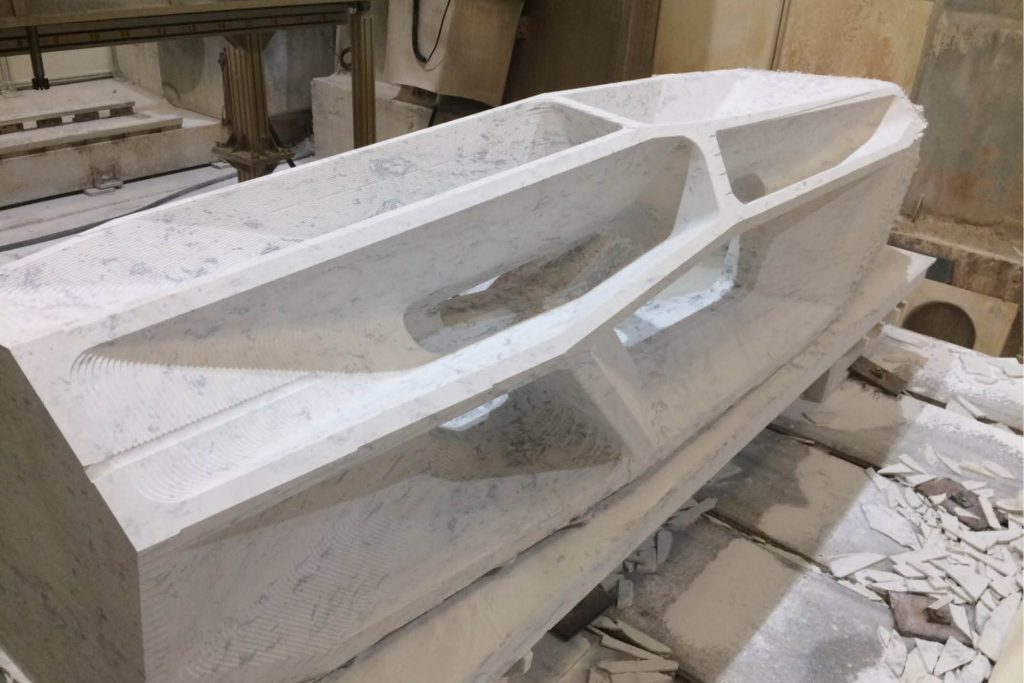
In their direct contact with the COMPAC material, the artists were surpised by its qualities. They stated that it was a highly uniform material that offered more technical possibilities and versatility than natural stone, with its resistance being notable as no cracks or fissures appeared when it was sculpted or handled.
The piece was reduced to 800 kilos after work was completed—a sign of how demanding the effort was. As a reward, an imposing sculpture emerged that caught the attention of all visitors wherever it was put on display.
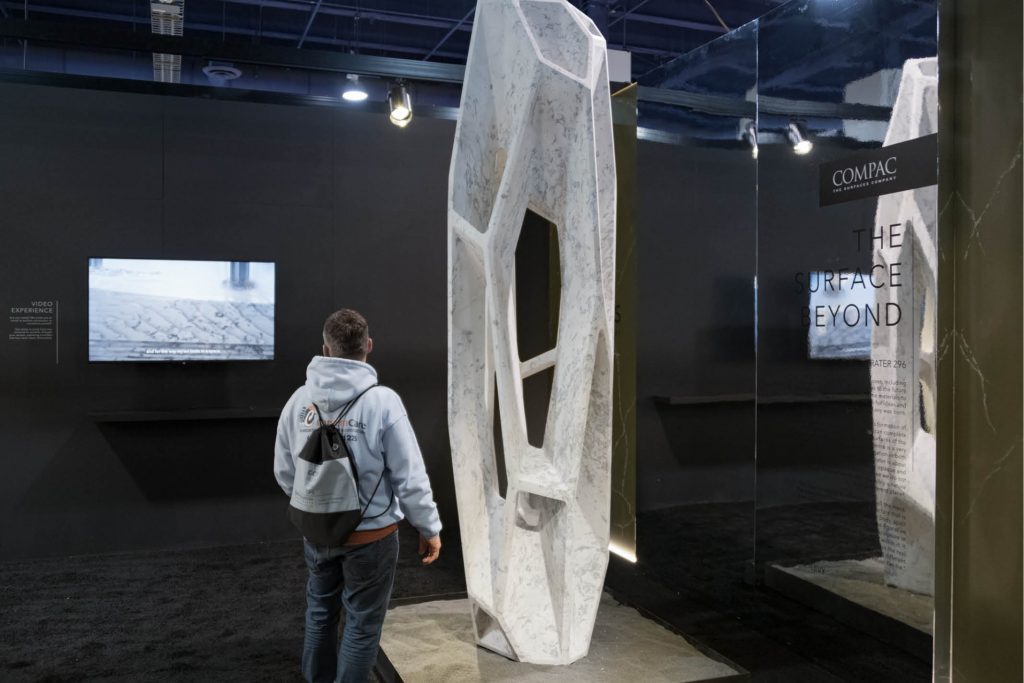
Related content :Arik Levy uses Ice Black for the floor installation in his gallery at the Swarovsky museum
